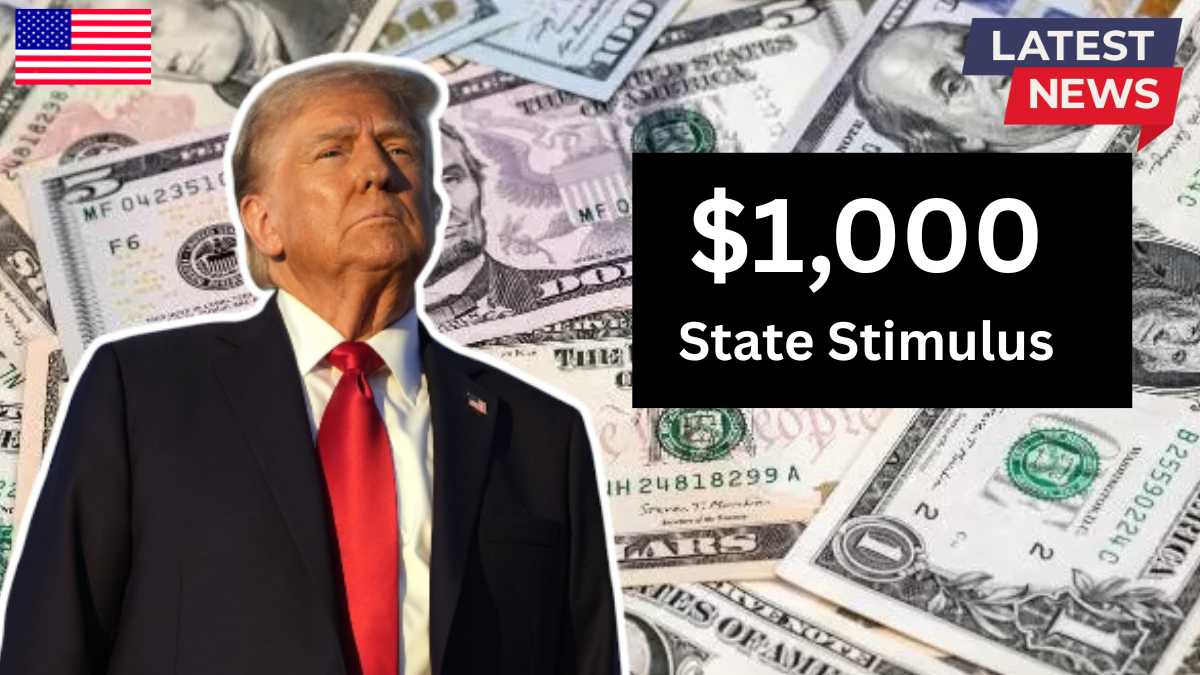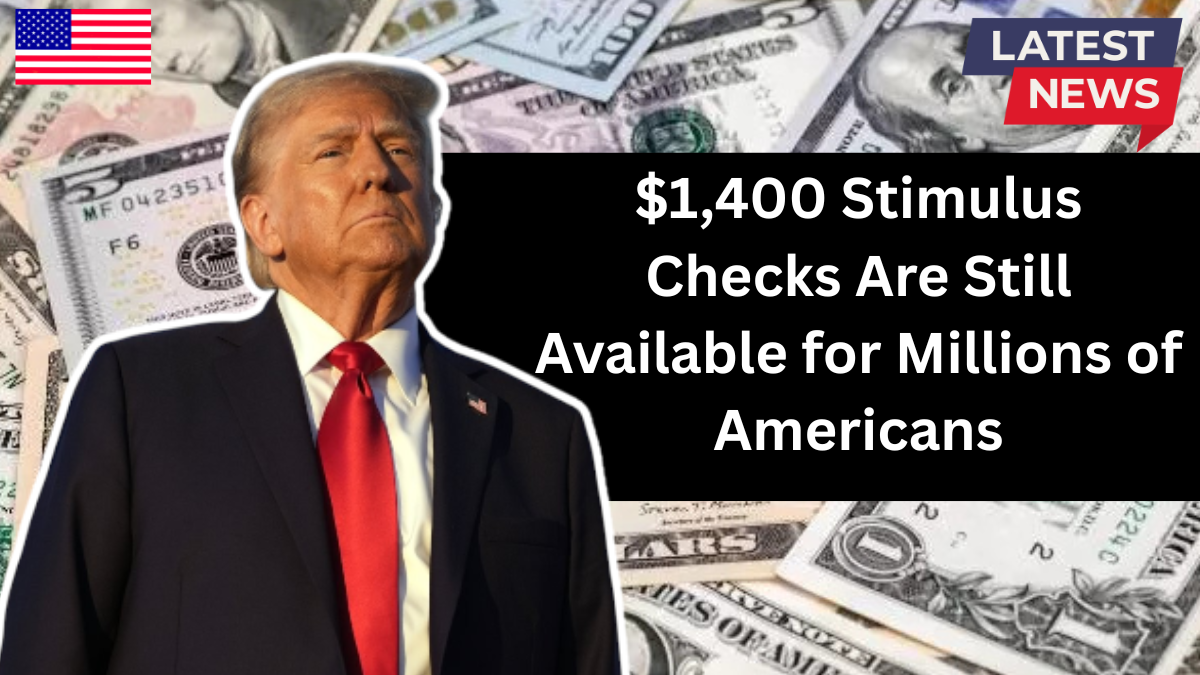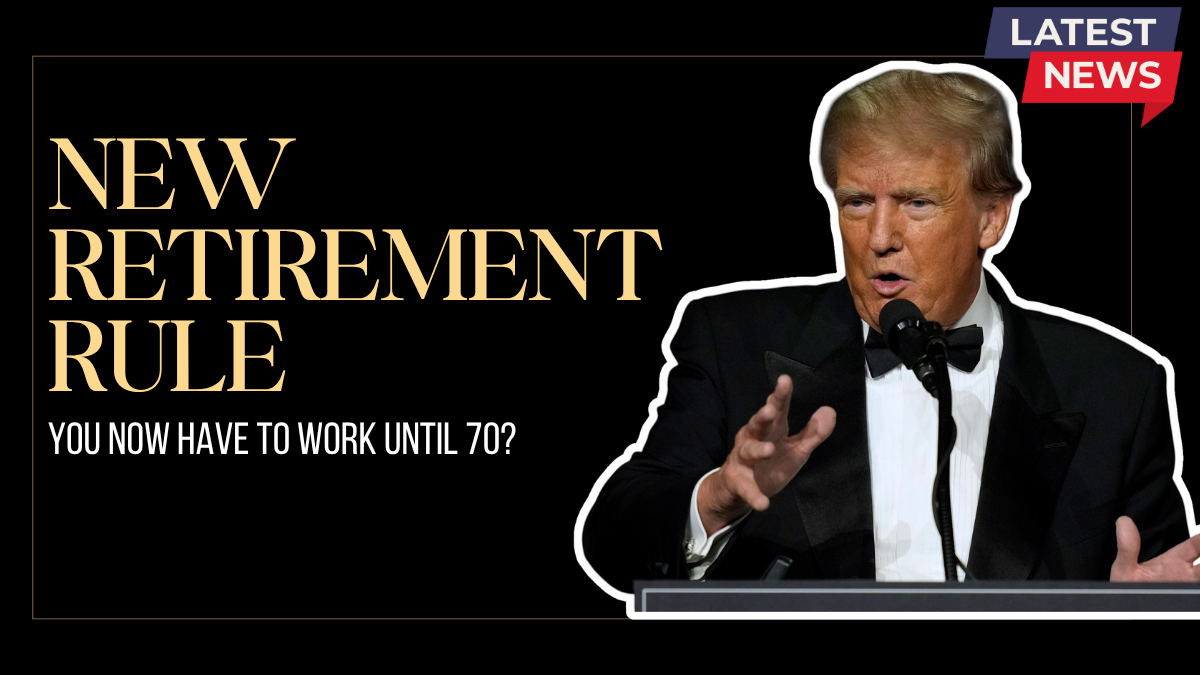Millions of low-income workers across the United States may soon receive a much-needed financial boost. A new combined benefit of up to $2,100 is being offered in the form of tax rebates and stimulus payments. These payments are designed to help families deal with rising prices, rent, and everyday expenses. If you’re working and earning a low income, this guide will help you understand how much money you might get, who qualifies, and how to claim your payment.
What Is the $2,100 Stimulus and Tax Rebate?
This is not a single payment from one program. Instead, it’s a combination of federal and state-level benefits that may add up to $2,100 for qualifying individuals. The total includes:
- Federal Earned Income Tax Credit (EITC)
- Child Tax Credit (if you have kids)
- State-level rebates or stimulus checks for low-income workers
The final amount you receive depends on your income, filing status, and whether you have children or dependents.
Who Qualifies for This $2,100 Package?
You may be eligible if you meet the following criteria:
- You worked during the year but earned less than $59,000 (varies by state).
- You filed a 2024 federal tax return.
- You have at least one qualifying child or dependent, though some workers with no children still qualify.
- You live in a state offering extra rebates or inflation relief.
Some states are offering bonus checks ranging from $250 to $600, adding to your total benefit.
When Will You Get Paid?
If you’ve already filed your 2024 taxes, most payments will arrive between July and September 2025.
Payment methods include:
- Direct deposit (fastest option)
- Paper checks by mail
- Prepaid debit cards in some states
Those who missed the tax deadline may still claim the EITC and other credits by filing a late return.

How to Apply or Claim It?
Here’s what you need to do:
- File your 2024 taxes – even if you don’t owe anything!
- Use tax software or free government programs to check for EITC and other credits.
- Visit your state government’s tax or treasury website to see if local rebates are available.
- If you qualify for federal programs like the Child Tax Credit, claim it directly in your return.
Don’t pay third-party agents or fall for scam ads promising you free money. Stick to official websites like IRS.gov and your state’s official tax site.
Don’t Miss These Deadlines
- The federal tax deadline was in April 2025, but late returns are still accepted.
- State rebate applications vary, with some states closing in August or September 2025.
- Check deadlines and program updates regularly to avoid missing your money
Low-income workers across the U.S. could receive a combined total of up to $2,100 through federal and state tax benefits. If you meet the income requirements and file your taxes on time, this support can provide essential help with bills, groceries, and daily needs. Be proactive—file your return, update your information, and follow announcements from both federal and state sources. This could be your biggest financial relief of the year!
FAQs
- Who can get the $2,100 combined stimulus and rebate?
Low-income workers who filed taxes and meet income rules may qualify. - What programs make up the $2,100 total?
It includes EITC, Child Tax Credit, and state-level rebates. - Do I need to apply separately for each benefit?
No, most benefits are claimed by filing your tax return. - When will I receive the payments?
Most checks will arrive between July and September 2025. - Is this $2,100 payment taxable?
No, these are tax-free benefits. - Can I still file my taxes if I missed the deadline?
Yes, you can file late and still claim eligible credits























